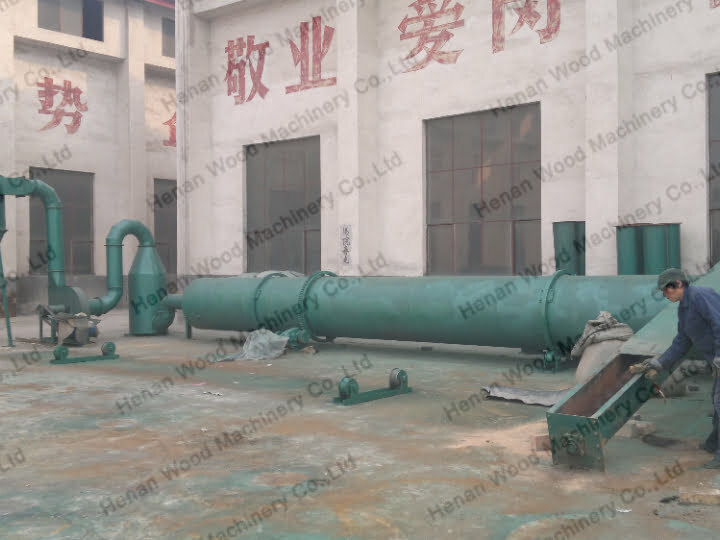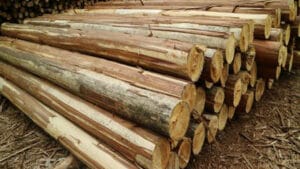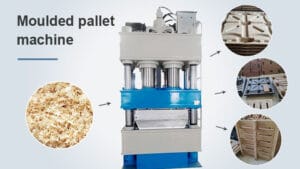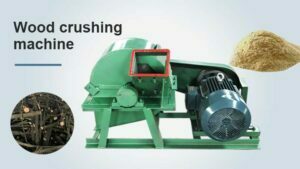Saat ini, dunia menganjurkan penghematan energi dan pengurangan emisi. Pabrik juga mencari cara untuk mengurangi biaya produksi, dan sebagai produsen yang terlibat dalam produksi dan pembuatan peralatan pengeringan selama bertahun-tahun, kami juga terus melakukan upaya untuk memproduksi lebih banyak peralatan pengeringan yang hemat energi dan ramah lingkungan. Biaya penggunaan peralatan berkurang dan pengguna mendapatkan keuntungan. Saya ingin berbagi dengan Anda cara mengurangi biaya bahan bakar pengering serbuk gergaji.
Faktor-faktor yang mempengaruhi hilangnya bahan bakar pengering serbuk gergaji


Secara umum, sumber panas dari mesin pengering serbuk kayu adalah batu bara. Untuk mengurangi biaya penggunaan batu bara, pembakaran penuh batu bara harus dipastikan. Ukuran partikel batu bara, ketebalan lapisan batu bara, dan jumlah udara yang masuk semuanya mempengaruhi pembakaran penuh batu bara. Jadi untuk mengurangi kehilangan bahan bakar dari pengering serbuk kayu, kita perlu memulai dari tiga aspek ini. Berikut adalah praktik spesifiknya.
Tiga cara untuk mengurangi konsumsi bahan bakar pada pengering serbuk gergaji

- Pertama-tama, ukuran partikel bubuk batubara. Semakin halus ukuran partikel batubara yang dihaluskan, semakin besar bidang kontak dengan udara, dan semakin sempurna pula pembakaran batubara yang dihaluskan. Melalui banyak percobaan, ditemukan bahwa ketika ukuran partikel bubuk batubara dikontrol sekitar 0,05 mm, bubuk batubara akan cukup terbakar.
- Lalu adalah ketebalan lapisan batubara. Ketebalan lapisan batubara juga harus dikontrol dalam kisaran yang sesuai. Ketika ketebalan lapisan batubara tipis, ventilasi pembakar pengering serbuk gergaji besar, namun kecepatan angin tidak seragam, yang dapat menyebabkan lubang phoenix pada lapisan batubara, yang tidak kondusif bagi pembakaran penuh batubara bubuk. Umumnya, ketebalan lapisan batubara dikontrol sekitar 150mm, dan bubuk batubara dibakar secukupnya.
- Jumlah udara yang dihembuskan ke dalam burner. Sebagai media pembakaran batu bara bubuk, jumlah udara yang dihembuskan ke dalamnya juga harus ditentukan sesuai dengan jumlah materialnya. Ketika ketebalan lapisan batubara lebih besar, untuk menjamin pembakaran yang memadai, jumlah udara yang akan dihembuskan menjadi lebih besar. Sebaliknya, jumlah udara yang dihembuskan berkurang.







